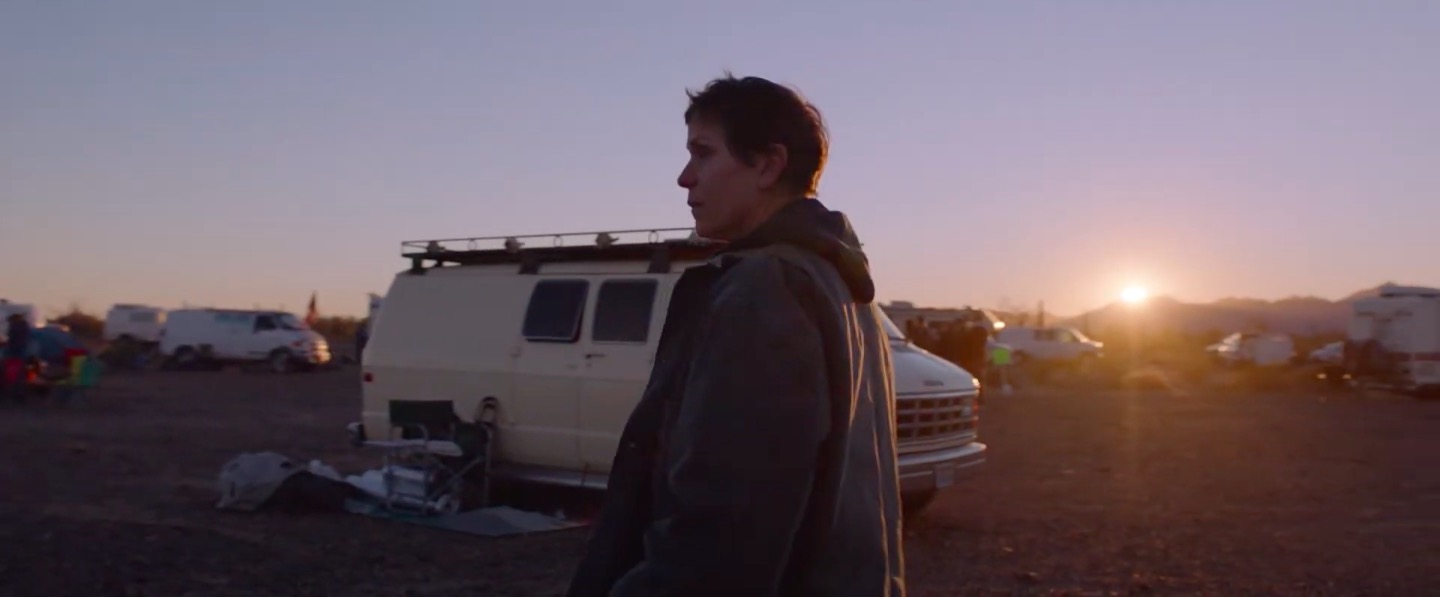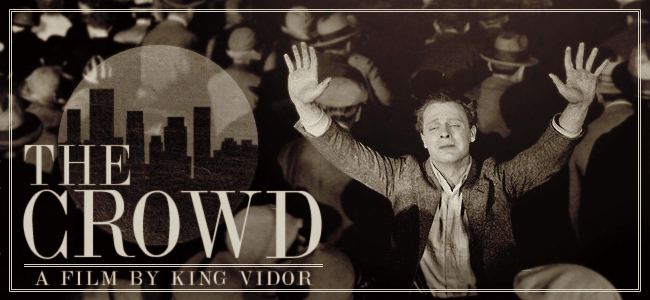A condensed version of this article appears on The Atlantic’s CityLab.
When used judiciously, establishing shots are one of the most useful techniques in film and television. As the curtain opens on a new scene, a director is able to convey a whole range of important information—the when and where of the setting, as well as the overall mood and moment that we are about the enter—all through a single short shot. Such is the power of imagery.
The first season of Amazon’s new serial adaptation of Philip K. Dick’s alternative-history thriller, “The Man in the High Castle,” has already made excellent use of this technique, often lowering the viewer into scenes of Nazi-occupied New York or Japanese-occupied San Francisco with shots of key buildings or landmarks. We know and love these cities and we immediately recognize these places—only to be jarred by the superimposition of the familiar (Times Square, the Golden Gate Bridge) with new “alt-history” signifiers (swastikas galore; Rising Sun banners; propaganda on the billboards). In a similar vein, the show’s haunting credit sequence—one of the best in recent memory—uses both landmarks and maps to set the stage and orient the viewer. Planners and urban designers would be wise to take note: these short segments beautifully illustrate the ways history, memory, landscape, politics, mapping, and meaning are interwoven in the ways we “make sense of place.”
Early in the second season, however, these shots take on an entirely new—and quite horrifying—relevance, especially for urban planners who know their history. As the story traces back to the corridors of power in the Fatherland, we get our first establishing shot of the Nazi capital of Berlin, looking east past the famous Siegessäule (Victory Column), towards the Brandenburg Gate.
The column itself is nothing surprising: visitors to Berlin today will find it there in the Großer Stern (Great Star) rotary, although when it was originally erected in the 1870s it was much closer to the center of town. In 1939, the 59-meter column was relocated to this spot as the opening salvo in a massive urban planning assault on the historic city led by Hitler’s First Architect, Albert Speer. (In the process, the column was also made 7.5 meters taller through the insertion of additional stone drums; as will become obvious, size mattered quite a lot of Hitler and Speer.)
Speer’s plan—developed in close collaboration with Hitler, who understood the nationalistic power of architecture and urban design—was to transform Berlin: the old city was to be reborn as Welthauptstadt Germania (Germania, World Capital), the seat of the new empire. (The location titles of the show chose to stick with “Berlin,” presumably to give the audience a clearer real-world referent; or perhaps, in deference to his uneasy truce with Japan in the show, the Führer is holding off on claiming total world domination for the moment.)
Continue reading “Visions of Alt-Berlin in “Man in the High Castle” (no spoilers)”





